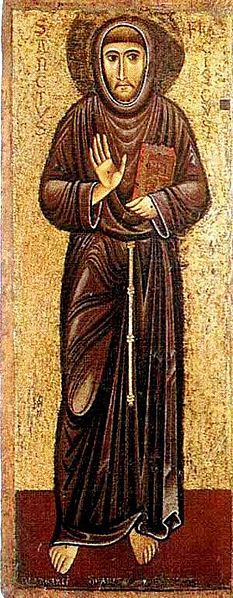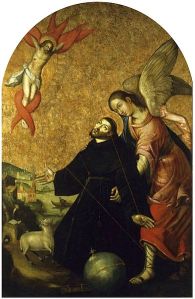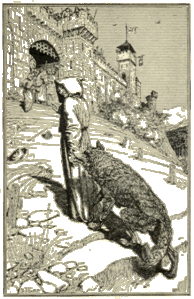Larry Dossey has written a fascinating book about premonitions, those events that forewarn of a possible future. Dossey blurs the line a bit by including intuition as well. Many people have these experiences and most of us are uncertain as to what to do about them. The book is full of examples including those of SIDS parents who often know something is not right, the high vacancy rates on the doomed planes of 9/11, and the use of psychics to predict the stock market (yes, it can be done- to a point). Arguments are presented that these abilities are natural and part of evolutionary survival. Some may be more prone to them and some may handle them better than others. So who is more likely to glimpse a possible future? Can premonitions be cultivated?
Dossey outlines some factors that may give some an edge to receiving premonitions or intuitions. Although more research is needed to establish the relevance of each of these, it is easy to see why they correlate. Here is the list, although other things could be added (for example- does the culture of the individual support premonitions, psi).
- Absorption- the ability to lose oneself in an activity, to be comfortable with imagination & fantasy
- Belief in the transcendent- not limited to the here & now
- Acknowledgement of intuition- open to the idea of spontaneous, innate knowing
- Comfortable with disorder- the ability to go with the flow and let go of control
- Seeking meaning- looking for underlying symbols and patterns
- Worldview- the world is a benevolent place
- Cultivation of a discipline which supports being present- these include meditation, prayer, being in silence, being in nature, etc.
Dossey believes premonitions can be cultivated, but also acknowledges that there are people who probably would not be stable enough to handle them. There’s a brief section and caution given about seeking psychiatric care. For someone who is having issues dealing with these types of experiences, it would probably be better to seek out a Jungian practitioner since their worldview is more open in regards to psi.
Another question running through the book involves when we should pay attention to our dreams and intuitions. The nature of these phenomena is that of being incomplete- often lacking the details of who, what, when, and where. Dreams especially, use a symbolic language that is often difficult to decipher. So what to do? Some common sense guidelines may help here. The experiences to really pay attention to are those that have a noetic quality- a sense of knowing. Without understanding how, you simply know. Anytime a dream is especially vivid or downright extraordinary, take note. Pay attention when the dream or intuition is accompanied by physical symptoms. One story related in the book, concerns an OB/GYN who can feel in his body when a patient is in trouble, and by honoring this, he often is headed to the hospital before he gets the call. Watch for those instances when the experience is intrusive and insistent. Pay attention when death or illness is indicated even when specific details are lacking. Over time, people can develop a sense of what’s important. The Rhine Institute conducted a study of 433 premonition cases where a person attempted to intervene to prevent an incident. Intervention was about twice as successful as not, indicating the future may not be written in stone. Premonitions don’t reveal fate, but rather a possible future.
Here are a few teasers from the book:
The Arlington Institute (TAI) works with precognizant dreamers formerly with government intelligence services to prevent disaster.
The FBI won’t release travel records for plane occupancy on 9/11. Was plane travel down just on the crashed aircraft or across the board?
There is a positive correlation between creativity/artistic ability and psi ability.
High performing CEOs score high on random number generator tests indicating they’re highly intuitive (although they don’t see themselves as such).
In 2007, Harteis & Gruber found intuitive predictions of stock market development were better than rationally justified ones.
In 1982, psychic Beverly Jaegers outperformed 17 of 18 stockbrokers (but not all psychics are that good- don’t ask a psychic for a lottery number, they usually can’t do numbers).
The stock market as a collective, “punished” the company responsible for the Challenger disaster before any investigations were done.
Dean Radin’s presentiment research at IONS showed people react to images before a computer picks them.
Rupert Sheldrake has collected many stories of animals refusing to go with their owners to areas where accidents later occur.
After an accident, Harriet Tubman had dreams and visions. This ability allowed her to guide slaves on the Underground Railroad.
Remote viewers see emotional images more frequently and that may give us a clue as to why premonitions usually indicate nasty events.
For centuries (and even today), fisherman in Iceland use dreams to locate a catch.
Join me next time when I sit down for a conversation with astrologer Mama Maga of Karma2Dharma Astrology.












